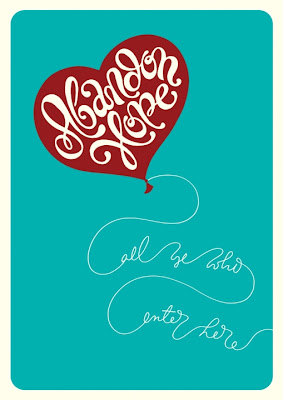Where are my potential clients/employers located? What media do my potential clients/employers use? What do you need to communicate and how does it match what your clients/employers need?
Based on the principles that have been introduced so far in the Enterprise module, as well as the previous tasks, investigate, analyse and critically evaluate where your potential clients are located. Identify four examples of your selected client group, 1 for each of the following profiles:
1 x Local 1 x National 1 x European 1 x Transnational
Analyse and compare these examples in relation to the Political, Economic, Social and Technological (PEST analysis) factors that affect their use of graphic design, choice of designer and trends that will influence their decisions regarding graphic design. Once you have done this summarise your findings by focusing on 1 example and discussing how the clients location and/or use of media will affect what you need to communicate to them and how you might go about doing this. This is an exercise in applying that theory – it is not appropriate to write about the theory itself. Demonstrate your understanding of it by actually using it.
The results of your research should be posted to your Enterprise blog. and summarised by a 250 word statement/evaluation. You should aim to illustrate your opinions with relevant examples of contemporary design practice.
Local SBT Design
Political - Below example of their work is for etc magazine is for schools and sixth form students. As schools are government run this would have to be in keeping with their views.
Economic -
Technological -
Social - As the audience is young for this editorial they need to keep up with young trends and social changes to their audience. If they do not look appealing t the young, they may find themselves without any readers.
National
The Church of London
Political - Political factors can include things such as the writers strike which affected how many films were produced in America. This may have impacted upon the magazine as there were less big budget films to focus their editorials on. But In terms on a direct effect, I guess this is limited.
Economic -
Social - If the general interest in films plummets then there could be an issue. However I am sure that The Church of London do not entirely rely on 'Little White Lies' for income. They have other projects and skills as a company.
Technology - As technology in films increases, the scope for design grows too. For example with the recent trend in 3D they could do one publication on this, if their chosen film uses it in a big way. However I know this is difficult to reproduce in print. But also technology advances in the design world could open up possibilities for editorial design. I think that good designers in this film can communicated the screen effectively to print, and I think The Church of London do this well, so there is not a big push to go digital.
European
Futu
Political - Distribution among countries depends on political relationships.
Economic - As the design sector grows, the publication will have more choice for content and more studios will come forward offering more choice for the editorial.
Social - Social factors will change the design, and communication between countries is pretty difficult I thought, but it does look nice from my point of view.
Technology - As technology in printing increases, they could print on new paper stock and distribute faster. This may be an opportunity where web may be a positive for this editorial and could reach a larger audience more cost effectively. Although that may sacrifice the actual magazine.
Transnational
The New York Times Magazine
Political -
Economic -
Social -
Technology -
PEST analysis of The Church of London and application of this to effectively communicate with them.
The Church of London rely on the film industry for their main content for one of their magazines, 'Little White Lies' and without this social interest in the media of film, the magazine would be a flop most probably. They have a very loyal fan base and their publications 'embody our passion for creating something of our own, and in doing so connecting with other like-minded individuals.' They must keep up with the social trends, but also be knowledgeable about past designs as some films may be set in past decades (such as This Is England). I will need to demonstrate my understanding of new technologies and new design trends, as well as have a clear understanding of the basics and how these can be adapted for a given situation. Know the rules to break the rules. Although, they create their own style for the publications and communicate the screen to print. Not only do they do in-house publishing, but The Church of London also do contract publishing, art direction & design along with motion & video. As I do want to focus on the print side of the design process, especially editorial design focusing on typography, I think I should focus on this to demonstrate my talents. As they are based in London, I could post something to them... maybe do my own mini-zine based on one of my favourite films which demonstrates my ability as a designer. (Or worst, this may show more designer flair if I can make something I am not keen on look good.) I could package this in the same way they package their mags. However, other student may have done this, so maybe something more special would be needed to stand out from the crowd. I could also find out what cafe's are near and post flyers/mini-zine around there so they see my designs not only in the office but out on the street too, almost like a gorrilla style, grabbing on the social aspect of The Church of London.










